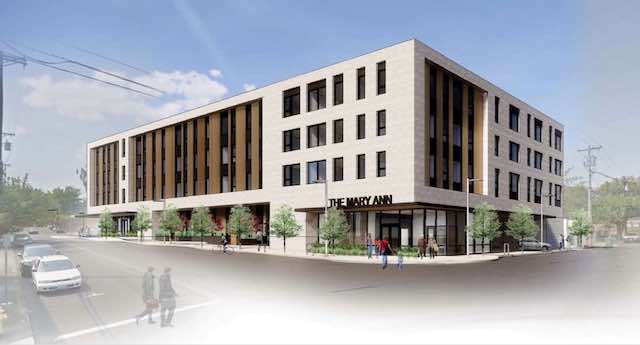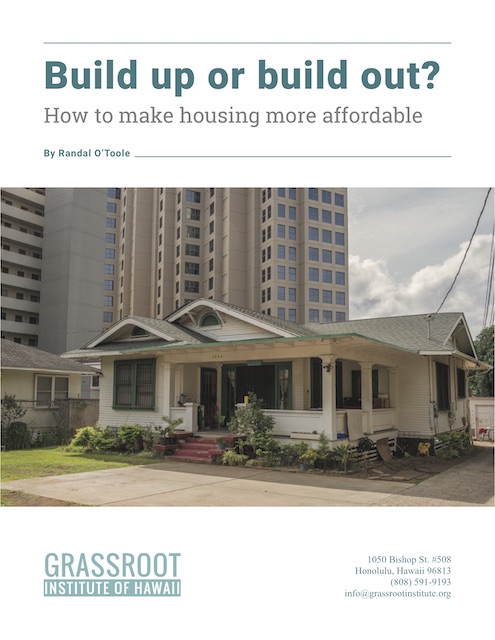Thanks to its urban-growth boundary, Denver has a housing affordability problem. Apartment rents have increased by 65 percent in the last decade, while the nationwide cost of living in that time rose by just 18 percent and rents nationwide increased by an average of 28 percent.
One of the city’s responses was to create a housing voucher program for people who earn too much to qualify for federal housing vouchers but still can’t afford rents in the city. Last July, it allocated $1 million to the program which was supposed to help 125 families.
So far just three households have been able to use it. Out of the million dollars, $180,000 went for administrative overhead, which is a lot of money for just three renters. Continue reading










